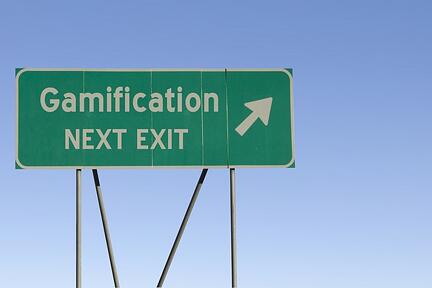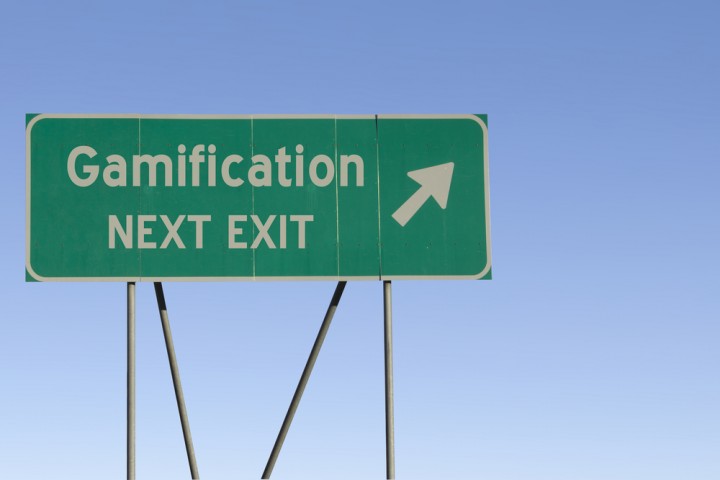 Now that you have a deep understanding of how Gamification and Game Based Learning differ, it’s time to begin considering the Gamification elements that will help increase engagement in your eLearning courses.
Now that you have a deep understanding of how Gamification and Game Based Learning differ, it’s time to begin considering the Gamification elements that will help increase engagement in your eLearning courses.
Many people think that Gamification is a complicated and technical process but this is simply not true. Using gaming components, you can begin building Gamification in your eLearning courses as long as you have a talent or learning management system to support your online learning and training. To begin, we will outline a few things to consider before designing Gamification for eLearning.
What to Consider before you Begin
Before you begin designing Gamification for eLearning it is important to keep a keen focus on your learners rather than the games. Understanding your audience and the types of games that will motivate them is the key to success with Gamification theory. One way to understand which gaming components would motivate learners is through surveying. Another method used is trial and error supported by learning analytics from your LMS. If designed well, Gamification will effectively support learning objectives and provide learners with immediate feedback on their progress and actionable goals to move forward. Let’s take a closer look at the gaming components that will help you to achieve this. As you read through them, think of ways that they can be used together. For an indepth presentation on how to implement gamification, check out this recorded webinar.
Eight Popular Gamification Components
1. Points
Points are often used in a reward system to motivate learners through activities and exercises. They can be used to reward learners, drive desired behaviors, signify status and even unlock access to new learning stages or rewards.
2. Challenges, Badges and Achievements
Many of us are naturally competitive—with challenges, badges and achievements we are motivated to do more, innovate faster and work smarter than other competitors. Challenges that are difficult and meaningful for your learners with visible recognition will motivate them to reach higher and higher.
3. Leaderboards
Leaderboards are in essence, scoreboards that visually display the progress and ranking of learners to help them gauge their performance against their peers. Rankings motive learners to excel past their peers in addition to boosting repeat visits.
4. Levels
Levels are an easy tool to help a learner understand when they have reached a milestone or accomplishment. Many also use levels as an opportunity to provide meaningful feedback and areas for improvement.
5. Time-based Activities
By creating situations with artificial time pressures like countdowns and quizzes, learners will be motivated to tackle challenges under real-life time constraints.
6. Continual and Immediate Feedback
We all know that games are fun but when winning does not seem feasible we tend to opt-out. While games are meant to be challenging, it is important to provide learners with feedback when they are unsuccessful. This not only helps to solidify the learning, but it also motivates learners when there is clear direction for improvement.
7. Stories and Characters
Creating stories and characters around learning challenges will help to immerse learners in your eLearning course—especially if learning material is slightly dull. A tip for success with stories is to ensure that they are easy to follow and can be understood in a non-linear fashion. The story needs to relate to the learners decisions and as the story unfolds, it should become clear how the learning elements fit into the overarching story.
8. Freedom to Fail
Providing learners with the opportunity to fail by giving them multiple lives, second chances or alternative methods to succeed is extremely engaging—especially when a learner is motivated to work through a challenge for points or rewards.
For more details on how to incorporate Gamification into eLearning, check out our Webinar:





